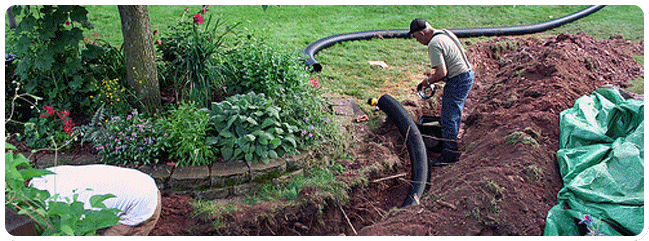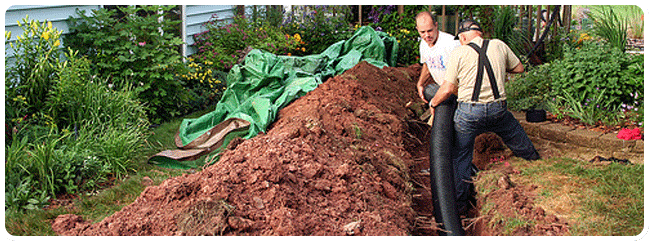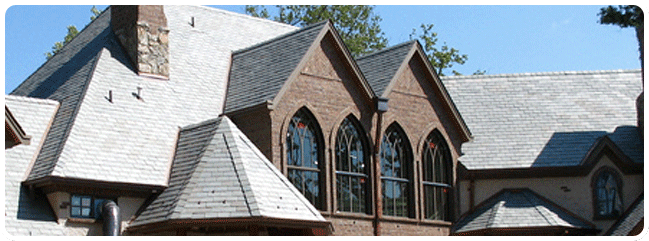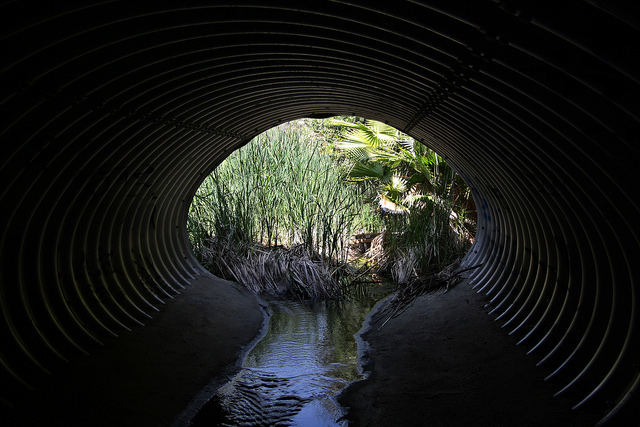Keeping water drained away from home foundations is important. In these short post will discuss 3 tips for foundation drainage, including: trees, drain pipes, and surface drainage.
Trees
Low lying areas with a high water table can make landscaping a real challenge. Plant roots in saturated soil during the growing season are denied oxygen, and quickly rot just like an overwatered house plant. Certain plants that originate in river bottoms and wetlands do quite well in high water landscapes. The best choices will be riparian species from local bogs, fens and swamps naturally adapted to your climate and soils. Trees from similar wetlands elsewhere in the world also make good candidates. These provide more diversity than what is native to local plant communities. Source: LandScapingNetwork
Drain Pipes
Drain pipes should be positioned alongside the footing—the best spot is near its base. Although tile doesn’t need to be sloping, low spots (which can fill with silt) must be avoided. With flexible tile, a good location is on top of the footing, which helps keep them from developing low spots. Source: ConcreteConstruction
Surface Drainage
Surface water is but one challenge around your home. You also need to deal with subsurface water that flows through the soil towards your foundation and crawlspace walls. You can capture and divert this subsurface water by digging a narrow trench in the center of the artificial channel around your home.
This channel should be about 2 feet deep and 6 inches wide. The bottom of the trench should be parallel with the top of the artificial channel until it gets around your home. The trench extends past your home towards the lowest point of your lot. Once the trench passes your house, the slope can be reduced so the pipe eventually pops out of the ground. Source: AskTheBuilder
Contact:
Kerrisdale Roofing and Drains Ltd. Ltd.
168 W 71st Ave, Vancouver, BC V5X 4S7
Email: kerrisdalerd@gmail.com
Office: 604-360-2114




















